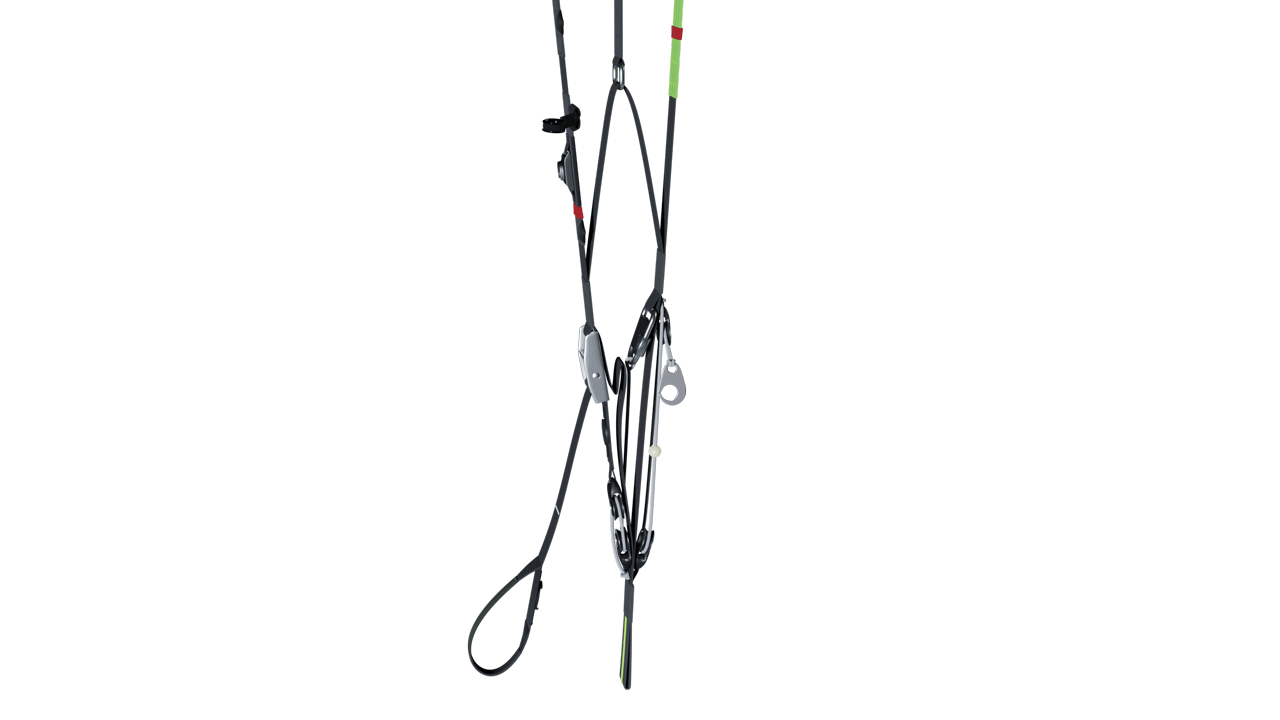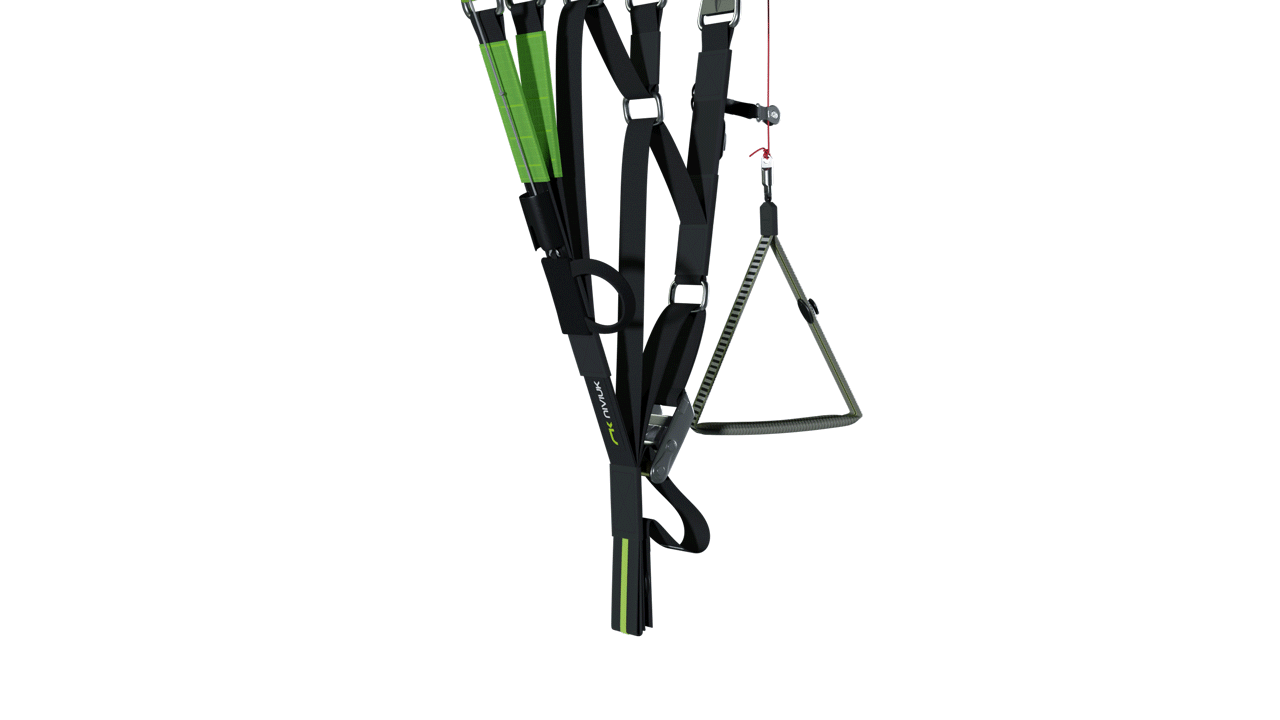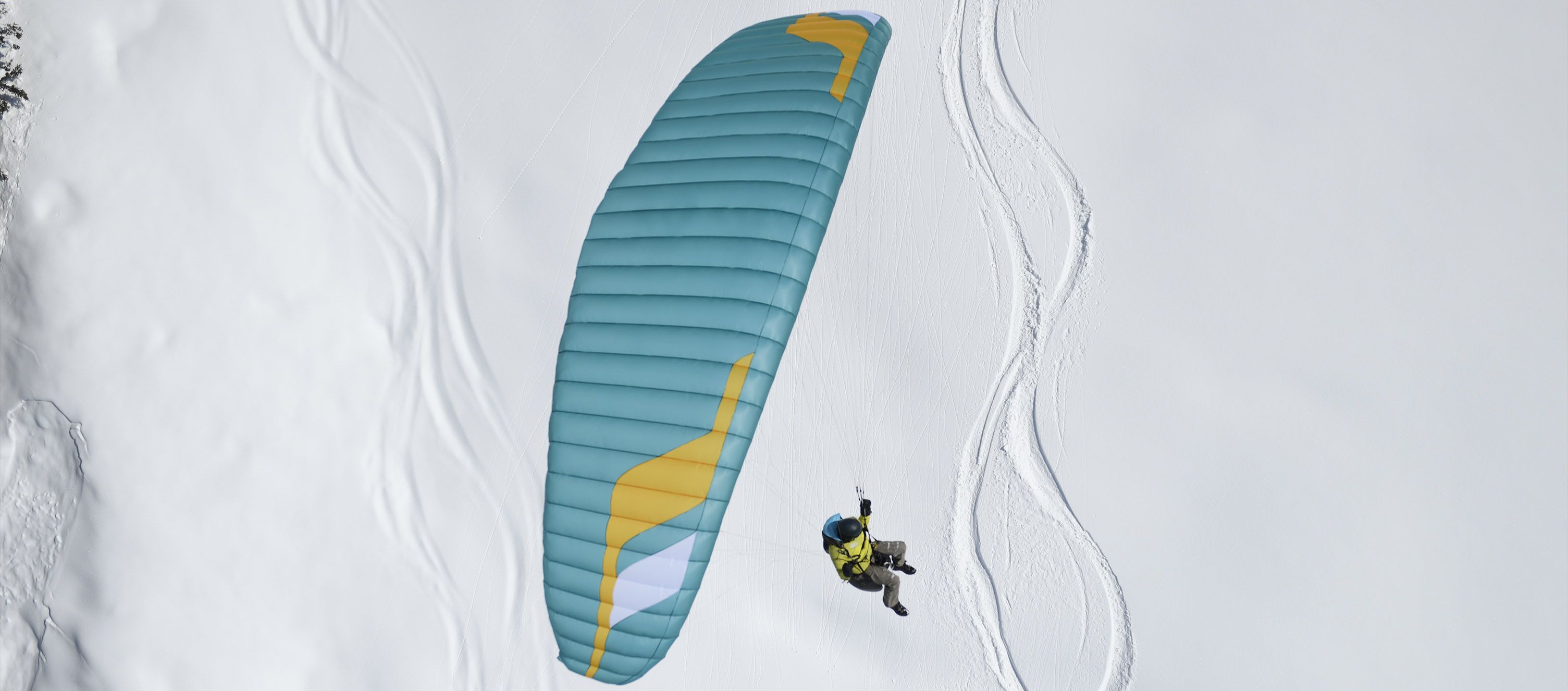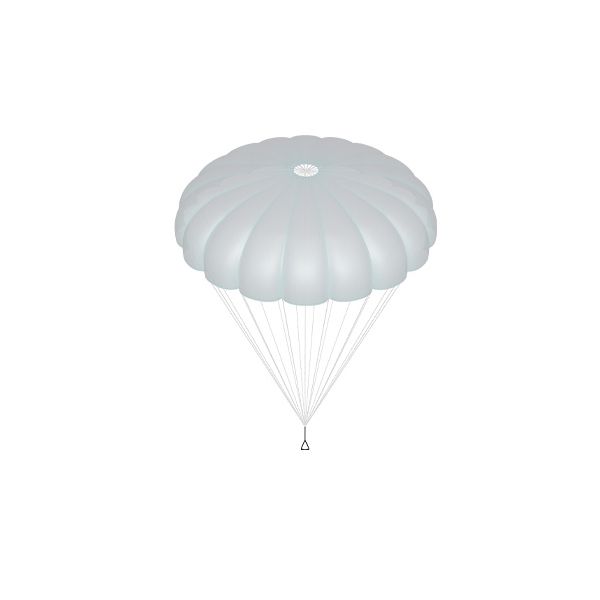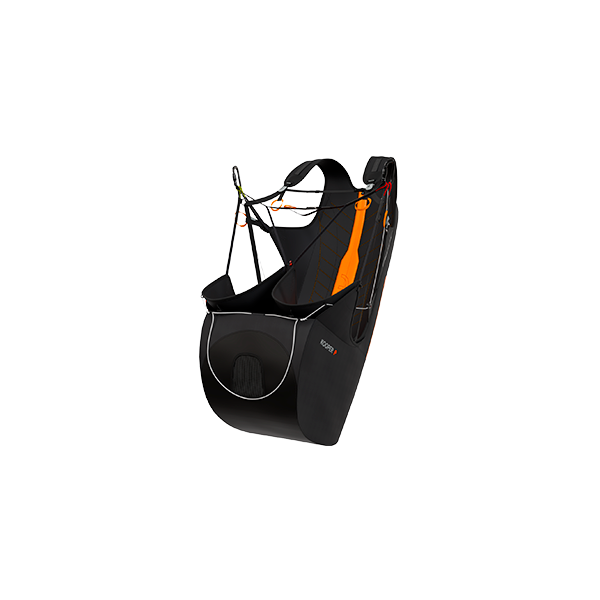PRODUCTS
NK SERVICE
DEALERS
NIVIUK
TESTIVALS
Back
GLIDERS
PARAMOTOR
HARNESSES
RUCKSACKS
SECURITY
EQUIPMENT & MERCHANDISING
SPARE PARTS & ACCESSORIES
Back
NIVIUK
OUR CREW
OUR FACTORY
TECHNOLOGIES
P SERIES
AERO SPEEDARMS TECH
FACTORY PILOTS
RACING PILOTS
ADVENTURE PILOTS
Back
Serial
KOYOT 5
HOOK 6
HIKO
IKUMA 3
ARTIK R 2
PEAK 6
ICEPEAK X-ONE
SKIN 3
ROLLER 2
BI ROLLER 2
N-GRAVITY 6
TARGET
TAKOO 6
P Series
Back
Serial
KARGO 90
KARGO 130
KARGO 160
KARGO 180
KARGO 220
KOLI BAG
KOLI PRO
KARGO URBAN
NKARE BAG
ZIPNKARE
INNER BAG
P Series





















